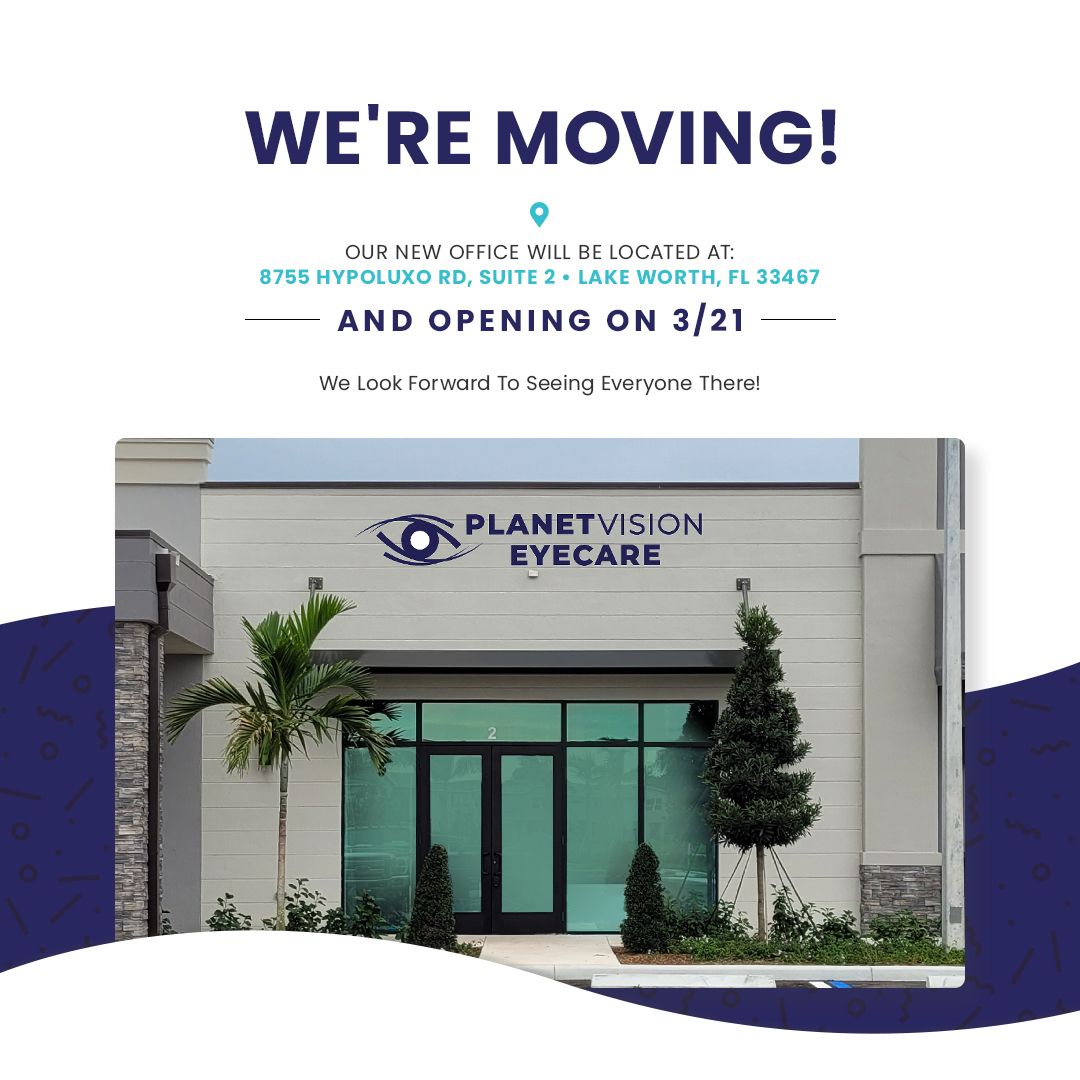
More children around the globe are becoming myopic (shortsighted). Parents are more concerned about their children whose eye conditions steadily worsen. But there are various ways to slow down worsening myopia called myopia control.
Myopia control helps prevent frequent prescription glass changes. Generally, the condition progresses quickly over a few months when a child is shortsighted. The younger your child gets myopia, the faster it advances into higher levels. Thus, start myopia control immediately.
Signs of Myopia in Children
The first step in getting your child the appropriate treatment is recognizing the early signs of myopia. Below are some of the symptoms:
Squinting - A child who struggles to focus will often cock their eyes. Squinting causes a slight change in eye muscle tension. It gives a brief clarity for patients with mild myopia.
Holding objects close - You can tell your child is struggling to see objects at a distance if they often put things close to their face. Sitting very close to the television is another clue that they need help with their vision.
Headaches - Consistent headaches are a sign of vision problems. Track how often your child complains of headaches. Schedule an appointment with an eye doctor if they experience more than one headache in a week.
Reading with one eye closed - If you notice your child closing one eye to read, they have vision problems. This tactic helps them cope with blurred vision.
Rubbing eyes - Your child may rub their eyes often if they are too young to understand that they have a headache. Digital eyestrain can also cause rubbing of the eyes. It is essential to limit screen time to see if the discomfort decreases. But if you notice a consistency in the rubbing of eyes, make an appointment with an eye doctor to have your child’s vision checked.
Watery eyes - Nearsightedness can make your child’s eyes water because of the discomfort it causes. Parents can confuse this symptom for allergies. But if it is excessive and consistent, it may be myopia.
Low-dose Atropine Eye Drops
Your optometrist can use these eye drops to slow myopia progression in children. Atropine drops prevent too much lengthening of eyes, the reason for myopia progression. But it is essential to note that atropine drops can blur your child’s vision. Thus, your eye doctor will recommend administering it before bedtime.
Orthokeratology (Ortho-k)
Ortho-k is contact lenses worn during the night only. They help reshape the cornea while your child is asleep. Your child can have a better vision the following day. Consistent use helps stop the progression of myopia.
Multifocal Contacts
Eye doctors prescribe these lenses for patients with multiple prescriptions. Multifocal contacts can transition from one prescription to the other in one lens. Using these lenses helps put less stress on your child’s eyes.
Benefits of Early Detection and Control of Myopia in Kids
The sooner you take your child for an eye examination, the faster your eye doctor can detect myopia. Early detection and treatment help protect your child’s eye development. It also keeps myopia symptoms from becoming worse. Children should go for eye checkups at least once a year to ensure optimal eye health.
For more about myopia control, visit Planet Vision Eyecare at our office in Greenacres, Florida. You can call (561) 556-4600 today to schedule an appointment.









